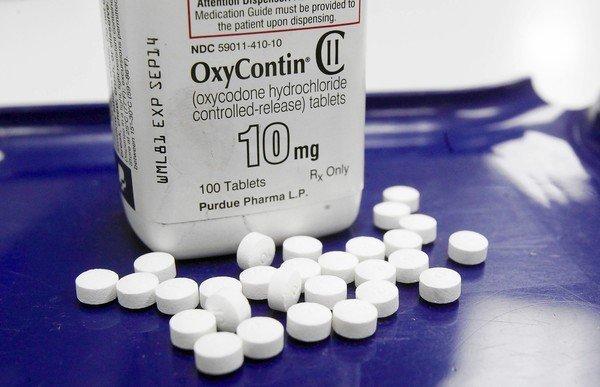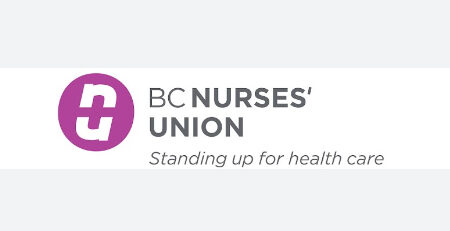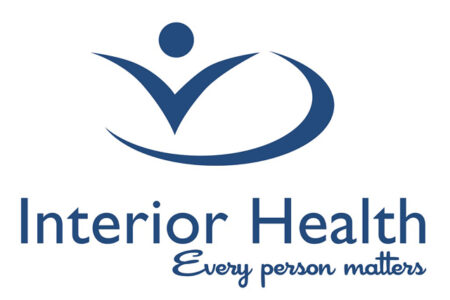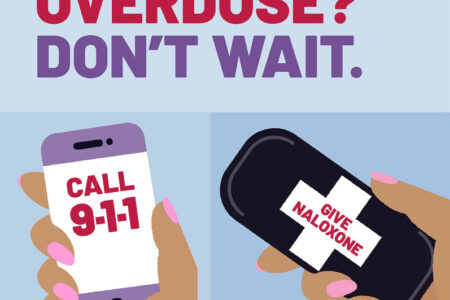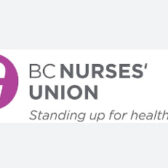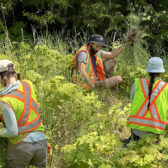Interior Health issues bulletin after seeing an increase in drug overdose trend
Interior Health has issued an information bulletin after seeing an increasing drug overdose trend in communities within the region — including Nelson, Trail and Cranbrook.
IH officials and ANKORS said the bulletin is to raise public awareness about the opioid drug use, particularly in light of recent fatal and non-fatal overdoses.
“Interior Health is concerned about drug overdoses and drug related deaths in our communities,” IH staff told The Nelson Daily Monday.
“We want to raise awareness and inform those who may be using opioid drugs about what they can do to reduce the risk of overdose as well as provide information on the treatment resources available.”
According to BC Coroner statistics there has been a gradual increase in opioid related overdose deaths over the last 24 months across B.C., including communities within Interior Health, which saw in 2015, 57 overdose deaths, up from 44 in 2014.
Opioids covers drugs like heroin, OxyContin, fentanyl, methadone and morphine.
IH said recent overdoses have not been reserved for one particular group.
Instead, reports of overdose with recovery and overdose deaths are occurring among frequent users as well as those who use for recreational purposes.
However, most overdose deaths are occurring when mixing substances, such as drugs and alcohol.
“Information coming forward shows there is not one specific “bad batch” of drugs,” IH said.
“The majority of overdose symptoms are being reported after using opioid drugs such as OxyContin and heroin. “
While not using drugs at all is the best way to stop this trend, addiction is an illness and people require support to stop using.
At this time we advise those using opioid drugs to take steps to reduce the risk of overdose:
- Don’t mix different drugs (including pharmaceutical medications – especially benzodiazepines such as Ativan and valium, street drugs, and alcohol).
- Don’t take drugs when you are alone.
- Don’t experiment with higher doses and take a small sample of a drug before taking your usual dosage.
- Keep an eye out for your friends – stay together and look out for one another.
- Recognize the signs of an OD – difficult to wake, turning blue, slow or no breathing, nausea, confusion, vomiting, and passing out. These are serious, and you need to get medical help ASAP.
- If someone thinks they may be having an overdose or are witnessing an overdose, call 9-1-1 immediately – do not delay.
- If you have overdose prevention and response training, and are with someone experiencing an overdose, open their airway and give breaths and/ or administer naloxone (Narcan) until help arrives.
IH suggests people knowing someone at risk of opioid overdose should be trained in the use of Naloxone.
“Take Home Naloxone program trains participants to recognize and respond to an overdose situation, using a naloxone kit,” IH said.
“Naloxone can reverse (stop) an opioid overdose – in the event of an overdose, naloxone restores breathing within 2-5 minutes of administration and offers the opportunity to save a life and reduce harm related to the overdose while waiting for help to arrive.”
In October 2015, Penticton RCMP said two people died and seven more needed medical treatment after overdosing on what the South Okanagan police suspect was a powerful opioid drug.
In February 2016, a Kelowna woman’s 32-year-old sibling passed away suddenly most likely after unknowingly taking a drug laced with fentanyl.
Interior Health and its partners offer a variety of programs including: withdrawal management, opioid replacement therapy, counseling, and housing supports.
For more information on Interior Health Mental Health and Substance Use Service, in Nelson call 250-505-724; Trail 250-364-6262 and in Cranbrook call 250-342-3868. The number for ANKORS is 1-800-421-2437.


